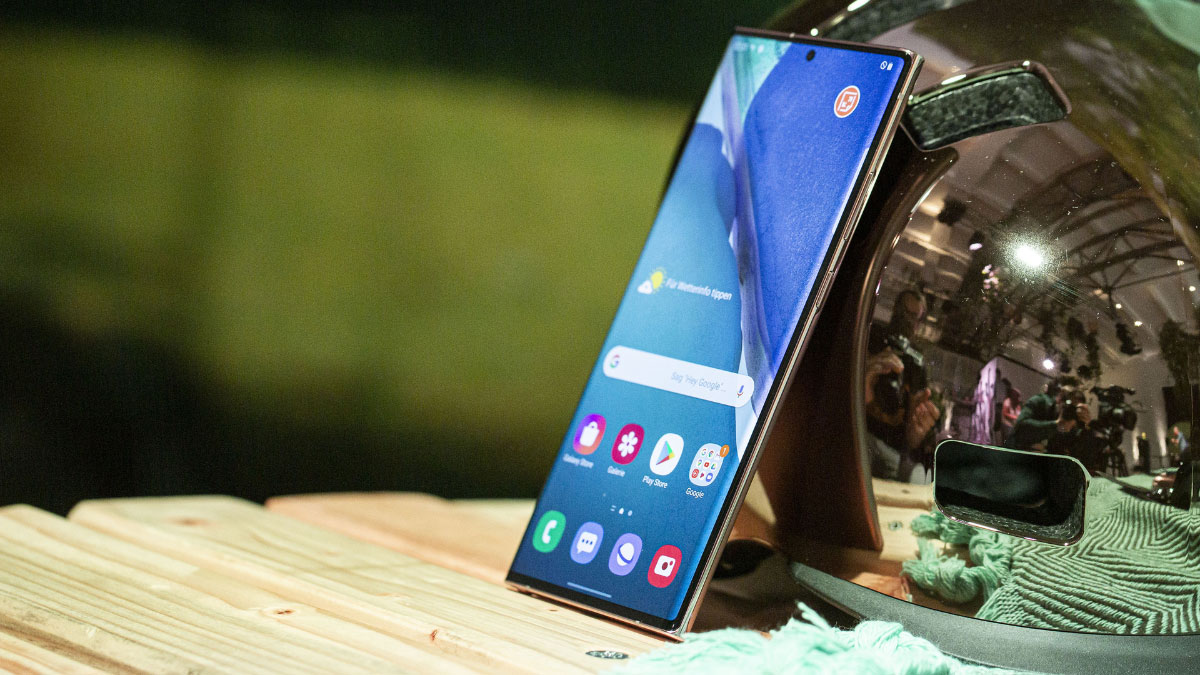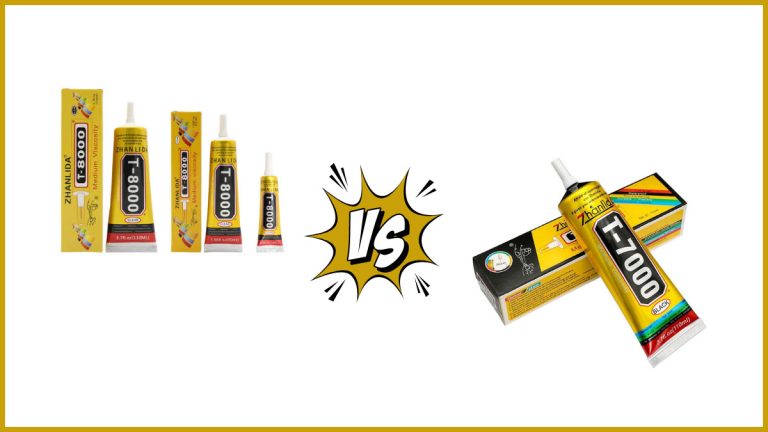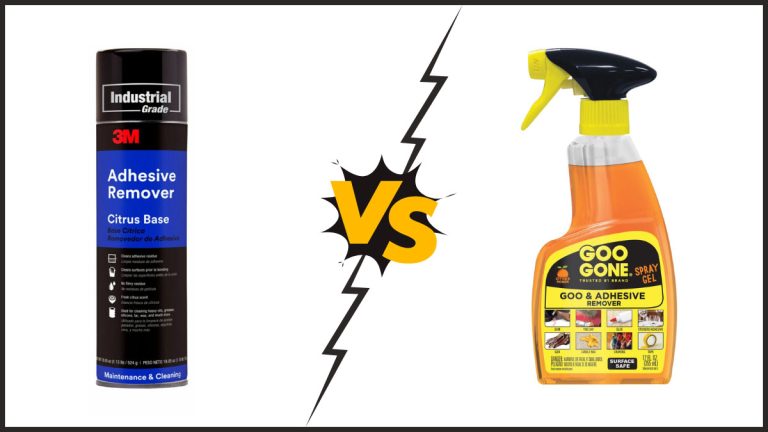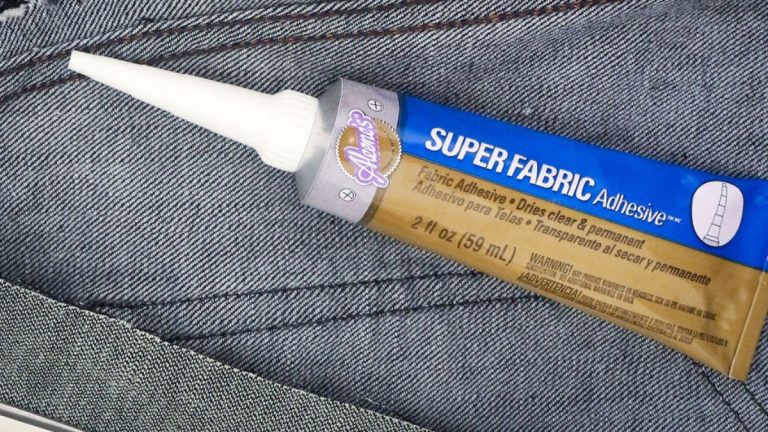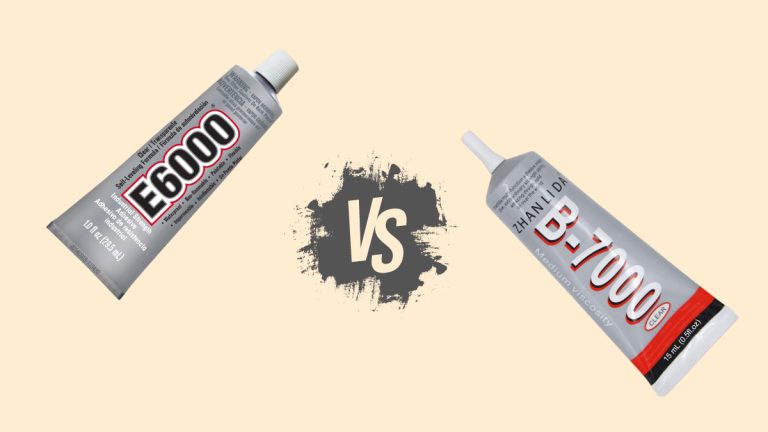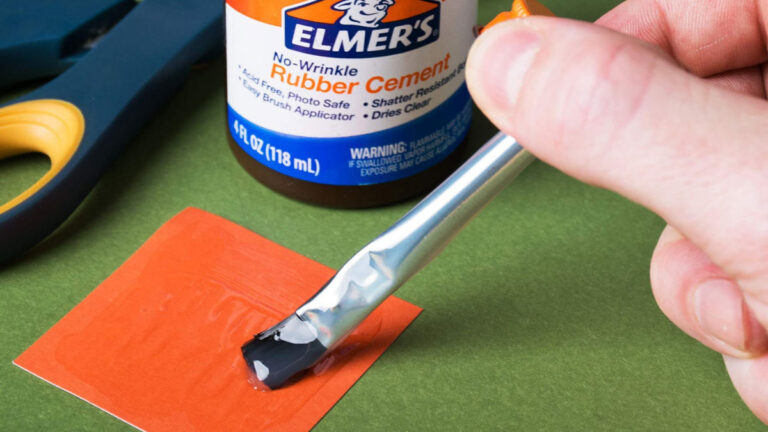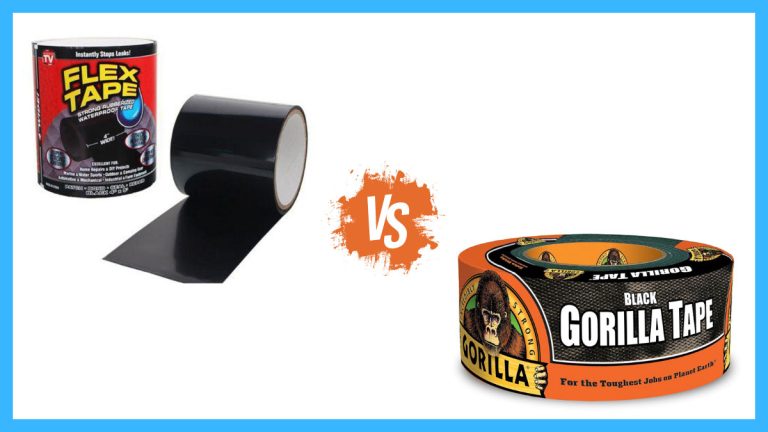Glue for Mobile Display: Best Options for Repair & Assembly
When it comes to fixing or assembling mobile displays, choosing the right glue can make all the difference. Whether you’re a DIY enthusiast or a professional technician, understanding which adhesive works best ensures a durable and seamless repair. The wrong choice can lead to weak bonds, screen damage, or even costly re-repairs.
You might wonder why there’s so much emphasis on glue. Mobile displays are delicate and require a specific type of adhesive to maintain their integrity and functionality. The right glue not only provides a strong hold but also ensures that the touch sensitivity and display clarity remain unaffected. Immerse to discover the best options and tips for using glue on mobile displays effectively.
Key Takeaways
- Choosing the Right Glue: Selecting the appropriate adhesive for mobile display repairs ensures durability, functionality, and aesthetic appeal, whether you are a DIY enthusiast or professional technician.
- Types of Recommended Glues: E-8000, T-7000, and B-7000 are popular choices, each offering different benefits in terms of adhesion strength and flexibility.
- Factors to Consider: Important considerations include viscosity, curing time, and material compatibility to ensure a strong, lasting bond without compromising touch sensitivity or display clarity.
- Application Techniques: Proper cleaning, precise application, and adherence to recommended curing times are critical steps to avoid common mistakes and achieve a high-quality repair.
- Top Market Options: B-7000, T-8000, and E-8000 are among the top adhesives for mobile display repairs, each suited for various materials and repair needs.
Importance Of Using The Right Glue For Mobile Displays
Using the right glue for mobile displays ensures the durability, functionality, and aesthetic appeal of your device. Whether you’re a professional repair technician or a DIY enthusiast, selecting the proper adhesive is essential for successful repairs.

Avoiding Damage to the Screen
Incorrect glue can cause significant damage to your mobile display. Super glue, often seen as a quick fix, can cloud the screen or make it unusable.
Recommended Glues:
- E-8000: Designed for electronic devices, providing a clear, flexible bond.
- T-7000: Known for its strong adhesion, particularly useful for mobile screens.
- B-7000: Offers a robust, elastic bond, ideal for various phone parts.
Ensuring Proper Bonding
The right glue ensures strong, durable bonds, so the screen stays securely attached to the frame.
Adhesion Strength:
- Flexibility: Must accommodate the wear and tear of daily use.
- Durability: Needs to withstand varying temperatures and pressures.
- Compatibility: Should bond well with different materials like glass and plastic.
Key Points to Consider
- Viscosity: Choose a glue that spreads evenly without being too runny.
- Curing Time: Ensure the glue cures within a reasonable timeframe to complete the repair efficiently.
- Application Method: Some glues come with precise applicators for detailed work.
Detailed Comparison of Recommended Glues
| Glue Type | Viscosity | Curing Time | Ideal For | Flexibility | Durability |
|---|---|---|---|---|---|
| E-8000 | Medium | 24 hours | Glass and plastics | High | High |
| T-7000 | Thick | 48 hours | Mobile screens | Moderate | High |
| B-7000 | Medium | 36 hours | Various phone parts | High | Medium |
- Evaluate the material compatibility of the glue.
- Consider the workspace environment for optimal curing.
- Test a small amount on a scrap piece to check the suitability before full application.
Choosing the right glue for mobile display repairs involves understanding the specifics of each adhesive and how they interact with different materials. By following these guidelines, you ensure a professional, durable repair.
Types Of Glue For Mobile Displays
Choosing the right adhesive for mobile display repairs is essential to ensure durability and maintain the device’s aesthetics. Here’s a look at the main types of glue commonly used:
UV Glue (Ultraviolet Adhesive Glue)
- Description: UV glue is a transparent adhesive activated by ultraviolet light. It’s widely used for bonding glass and other materials in mobile displays due to its versatility.
- Pros:
- Dries quickly under UV light
- Provides a transparent finish, preserving screen clarity
- Works on various materials like glass and plastic
- Cons:
- Ineffective on areas not exposed to UV light
- May not bond well with certain surfaces
Liquid Optical Clear Adhesive (LOCA)
- Description: LOCA, or Liquid Optical Clear Adhesive, is designed specifically for touch screens. It fills in gaps and fixes display issues like discoloration.
- Pros:
- Enhances display clarity by reducing light refraction
- Ideal for bonding touch screen panels
- Provides strong adhesion, minimizing bubbles
- Cons:
- Requires UV light for curing
- Application can be messy if not done carefully
OCA Film Adhesive
- Description: OCA film adhesive is a pre-cut, optically clear adhesive film used for laminating mobile displays. It’s known for its ease of use and consistency in application.
- Pros:
- Offers a uniform application, reducing the chance of bubbles
- No curing time required
- Maintains high optical clarity
- Cons:
- Requires precise alignment during application
- Less flexible compared to liquid adhesives
| Adhesive Type | Curing Time | Application Ease | Bond Strength | Transparency |
|---|---|---|---|---|
| UV Glue | Quick (under UV) | Moderate | High | High |
| LOCA | Fast (with UV) | Moderate | Very High | Very High |
| OCA Film | None | High | High | Very High |
Using the right glue ensures the durability, functionality, and aesthetic appeal of your mobile device. Evaluate the specific repair needs and glue properties to choose the best adhesive for your situation.
Factors To Consider When Choosing Glue
Selecting the right glue for mobile display repairs is crucial for ensuring a durable and high-quality result. You’ll need to evaluate several key factors to make the best choice.
Adhesion Strength
When it comes to mobile displays, especially those with thin bezels or delicate screens, a strong adhesive is vital. Here’s what you need to consider:
- High Adhesion: Glues like T8000, B7000, and E8000 are popular due to their industrial-grade adhesion power. These adhesives help ensure that your screen stays attached firmly to the frame, which is essential for maintaining the integrity of the display over time.
- Avoid Super Glue: It’s important to steer clear of super glue (cyanoacrylate). While it may offer a quick fix, it can damage the screen and isn’t suitable for mobile display repairs.
Curing Time
Curing time is another critical factor that affects the repair process:
- Fast Curing: If you’re looking for quick repairs, consider adhesives that cure rapidly. Loca UV Adhesive Glue cures quickly when exposed to UV light, allowing you to complete repairs faster without sacrificing quality.
Compatibility With Display Types
Different mobile displays require different types of adhesives to ensure optimal performance:
- Glass Displays: For glass displays, UV Glue (e.g., Loca UV Adhesive) is often recommended due to its strong adhesion and clarity enhancement.
- OLED Displays: For OLED displays, you might opt for adhesive tapes specifically designed for OLED screens, ensuring uniform application and reducing the risk of damage.
- Plastic Displays: For plastic displays, use adhesives like E8000, which provide strong bonds without damaging the plastic surface.
| Adhesive Type | Key Features | Suitable For |
|---|---|---|
| T8000, B7000, E8000 | High adhesion strength | General mobile displays |
| Loca UV Adhesive Glue | Fast curing with UV light exposure | Glass displays |
| Adhesive Tapes (OLED) | Uniform application, safe for OLED | OLED displays |
| E8000 | Strong bond, safe for plastic | Plastic displays |
Action Point: Evaluate your specific repair needs based on the display type and adhesion requirements, then choose the glue that meets those criteria to ensure a successful and lasting repair.
Step-By-Step Guide To Applying Glue
When repairing a mobile display, following a step-by-step process ensures a strong, lasting bond. Here, we’ll outline the preparation, application, and curing process for applying glue effectively.
Preparation
- Clean the Area:
- Use cotton buds and a glass cleaner to clean the frame and the screen. Ensure no old adhesive, dirt, or debris remains.
- Be cautious to avoid damaging the ribbon cable or other sensitive components.
- Choose the Right Adhesive:
- For most mobile displays, adhesives like B-7000, T-7000, or T-8000 are recommended. B-7000 is particularly popular for its flexibility and strength.
- T-8000 Jewelry Glue may be preferred for thin bezels.
- Double-sided tape, often used for models like the Samsung J series, can be a suitable alternative, requiring additional layers and heat for a solid seal.
- Prepare the Tools:
- Keep tissues or a cloth handy to clean up any excess glue.
- Use a notebook or other protective surface to prevent glue from dropping onto unwanted areas.
Application
- Apply Adhesive:
- Carefully apply a thin layer of adhesive to the frame and the edges of the display. Maintain a steady hand to avoid excess glue.
- When using double-sided tape, cut the tape to fit the frame accurately and press it firmly into place.
- Position the Screen:
- Align the screen precisely with the frame. Ensure all connectors and components are properly positioned.
- Press gently to ensure a firm initial bond, avoiding pressure on sensitive areas.
- Check Alignment:
- Visually inspect the screen alignment. Make adjustments if necessary before the glue starts curing.
Curing Process
- Allow Adhesive to Set:
- Let the adhesive set for the recommended time, typically around 5-10 minutes. This ensures an initial bond before moving to full curing.
- Secure the Bond:
- Use clamps or weights to hold the display firmly in place. Ensure even pressure across the entire screen.
- Leave the device undisturbed during the full curing process, which can range from 24 to 48 hours, depending on the adhesive used.
- Final Inspection:
- After curing, inspect the display to ensure a solid bond. Check for any gaps or misalignments and make necessary adjustments as early as possible.
| Tool/Adhesive | Purpose | Notes |
|---|---|---|
| Cotton Buds | Cleaning areas before application | Use with glass cleaner |
| Glass Cleaner | Removing old adhesive, dirt, debris | Ensure a clean surface |
| B-7000 Adhesive | General adhesive | Flexible, strong bond |
| T-7000 Adhesive | Adhesive for thicker applications | Suitable for general repairs |
| T-8000 Jewelry Glue | Adhesive for thin bezels | Great for delicate areas |
| Double-Sided Tape | Alternative for adhesive | Requires heat and extra layers |
| Clamp/Weights | Holding the display during curing process | Ensures uniform pressure |
| Notebook | Protecting surfaces from glue | Use as a work surface |
Ensuring you prepare thoroughly, apply glue correctly, and allow adequate curing time leads to a durable, high-quality repair. The right adhesive and proper technique help maintain display integrity and functionality.
Top Glues Available In The Market
When repairing mobile displays, the choice of adhesive is crucial for durability and functionality. Here are the top glues renowned for mobile display repairs, each with unique properties.
Product A: B-7000 Adhesive Glue
B-7000 Adhesive Glue stands out for its versatility:
- Popularity: Widely used by mobile phone repair shops and technicians.
- Characteristics: Known for flexibility and strong adhesive properties.
- Usage: Effective for bonding different materials, including screens and batteries.
- Caution: Loses pliability over time, requiring proper application to avoid future removal difficulties.
Product B: T-8000 Adhesive Glue
T-8000 Adhesive Glue is ideal for specific mobile phone models:
- Usage: Recommended for phones with thin bezels, such as Huawei models.
- Characteristics: Suitable for general mobile phone screen repairs.
- Strength: Offers high adhesive strength and durability.
Product C: E-8000 Adhesive Glue
E-8000 Adhesive Glue provides strong adhesion:
- Characteristics: Known for high viscosity and strong adhesive bonds.
- Usage: Ideal for both professional and DIY mobile phone repairs.
- Compatibility: Works well with glass and plastic components.
| Product | Popularity | Characteristics | Ideal Usage | Caution |
|---|---|---|---|---|
| B-7000 | Widely used | Flexibility, Strong adhesive properties | Bonding screens, batteries | Loses pliability |
| T-8000 | Specific models (Huawei) | High adhesive strength | Thin bezels, general screen repairs | Not specified |
| E-8000 | Both professional and DIY use | High viscosity, Strong bonds | Glass and plastic repairs | Not specified |
Choosing the right adhesive is key for high-quality mobile display repairs. Assess each product based on their properties to ensure durability and effectiveness in your repairs.
Common Mistakes And How To Avoid Them
When repairing mobile displays, avoiding common mistakes is crucial for a successful outcome. Mishaps during the gluing process can compromise the screen’s integrity and performance. Here are some frequent errors and ways to steer clear of them:
Selecting Incorrect Adhesive
Choosing the wrong adhesive can result in poor bonding or even damage.
- Avoid Superglue: Superglue can damage screens and doesn’t offer the flexibility needed for mobile displays.
- Best Choices: Use B-7000 for its flexibility and strength on various materials. Opt for Loca UV Adhesive Glue for glass repairs requiring a quick cure under UV light.
Inadequate Cleaning
Failing to clean the area properly can lead to weak adhesion.
- Dust and Oils Removal: Make sure the surface is free from dust and oils.
- Old Adhesive Residue: Thoroughly remove any old adhesive.
Misapplication of Glue
Improper application can cause uneven bonding or air bubbles.
- Applying Glue Evenly: Spread the glue uniformly to avoid air pockets.
- Correct Amount: Use an appropriate amount to prevent excessive spilling or insufficient coverage.
Not Following Curing Time
Rushing the curing process can weaken the bond.
- Curing Time Adherence: Follow the suggested curing time for the chosen adhesive to ensure a strong bond.
Misalignment During Assembly
Incorrect positioning can lead to poor screen function.
- Aligning Precisely: Align the screen meticulously before the glue sets.
- Using Clamps or Fixtures: Secure the screen in place to maintain alignment during curing.
Improper Storage of Adhesives
Storage conditions impact adhesive effectiveness.
- Optimal Storage: Store adhesives in a cool, dry place away from direct sunlight.
- Check Expiry Dates: Always use adhesives within their shelf life.
| Adhesive | Flexibility | Curing Method | Ideal Use |
|---|---|---|---|
| B-7000 | High | Air Drying | Various materials |
| Loca UV Adhesive | Moderate | UV Light Curing | Glass repairs |
| Superglue | Low | Quick Set | Not Recommended |
By following these guidelines, you can achieve a durable, high-quality repair for your mobile display. Avoiding these common mistakes will ensure your screen functions well and maintains its integrity.
Conclusion
Choosing the right glue for mobile display repairs is essential for ensuring durability and functionality. With options like E-8000, T-7000, and B-7000, you can find adhesives tailored to your specific needs. Remember to consider factors like adhesion strength, curing time, and compatibility with materials. Avoid common mistakes by following proper preparation, application, and curing processes. By doing so, you’ll achieve high-quality repairs that maintain the integrity and clarity of your mobile displays. Whether you’re a professional technician or a DIY enthusiast, the right adhesive can make all the difference.
Frequently Asked Questions
Why is choosing the right adhesive important for mobile display repairs?
Selecting the appropriate adhesive ensures the durability, touch sensitivity, and display clarity of the mobile device. Using the wrong glue can damage the screen and compromise the device’s functionality.
What are the top recommended adhesives for mobile display repairs?
The best adhesives for mobile display repairs include E-8000, T-7000, and B-7000. Each of these glues provides strong adhesion, flexibility, and compatibility with various materials like glass and plastic.
Can I use super glue to repair my phone screen?
No, using super glue for phone screen repairs is not recommended. Super glue can damage the screen and affect touch sensitivity, leading to poor repair quality.
What factors should be considered when choosing a glue for mobile displays?
Important factors include adhesion strength, flexibility, curing time, and compatibility with the display materials. High adhesion and quick curing time are crucial for effective and durable repairs.
What type of glue should I use for quick repairs?
For fast repairs, Loca UV Adhesive Glue is recommended. It cures quickly under UV light and provides strong adhesion and clarity.
How do I apply adhesive to a mobile display properly?
Clean the area thoroughly, apply the adhesive evenly, position the screen carefully, check for proper alignment, and allow adequate curing time. Thorough preparation and correct application are key to durable and high-quality repairs.
What are the common mistakes to avoid during mobile display repairs?
Common mistakes include using incorrect adhesives, inadequate cleaning, uneven glue application, not following curing times, misalignment during assembly, and improper storage of adhesives. Avoiding these errors ensures effective and long-lasting repairs.
Which adhesives are suitable for different display types like glass, OLED, and plastic?
For glass displays, B-7000 is ideal. T-7000 works well with OLED displays, and E-8000 is versatile for both glass and plastic. Choose adhesives based on the specific materials of your mobile display.
What is the best adhesive for DIY mobile display repairs?
E-8000 is a great choice for DIY repairs due to its strong bonds and ease of use. It ensures high-quality results whether you are a professional or a DIY enthusiast.
Why is proper curing time essential in mobile display repairs?
Adequate curing time ensures the adhesive forms a strong, durable bond. Rushing the process can weaken the bond and lead to poor repair quality, affecting the display’s functionality and integrity.

